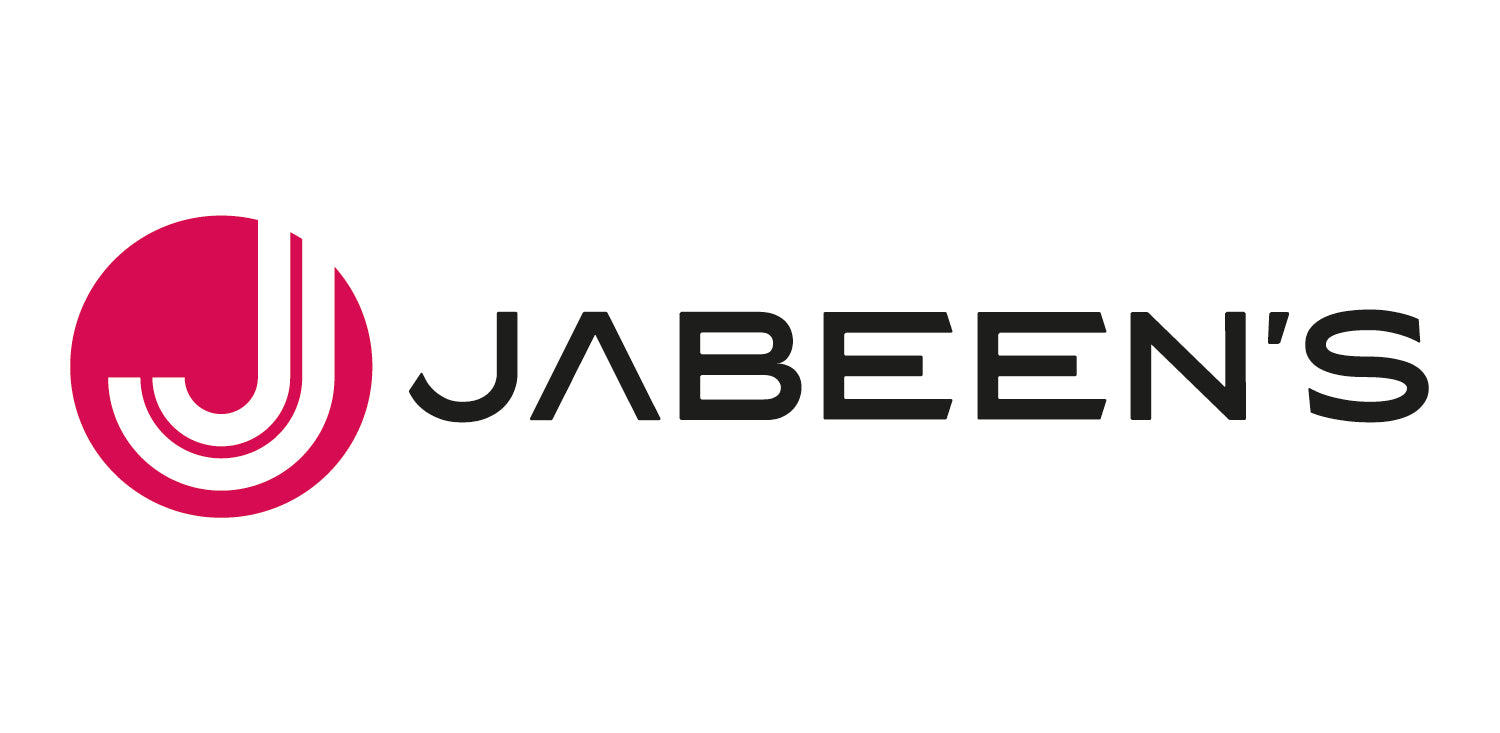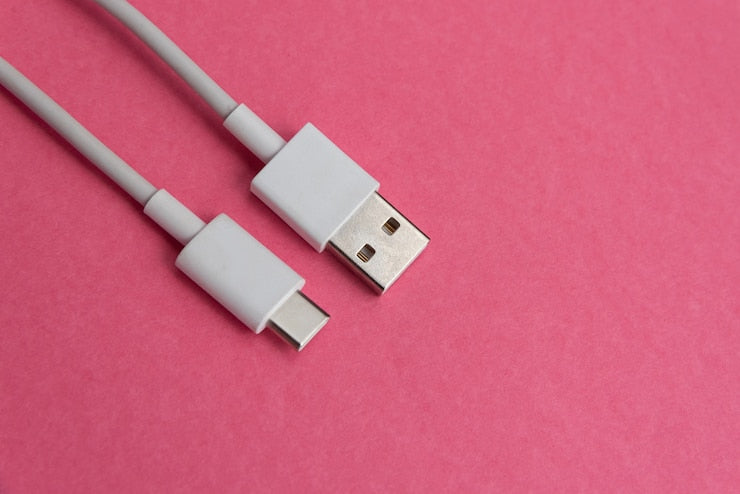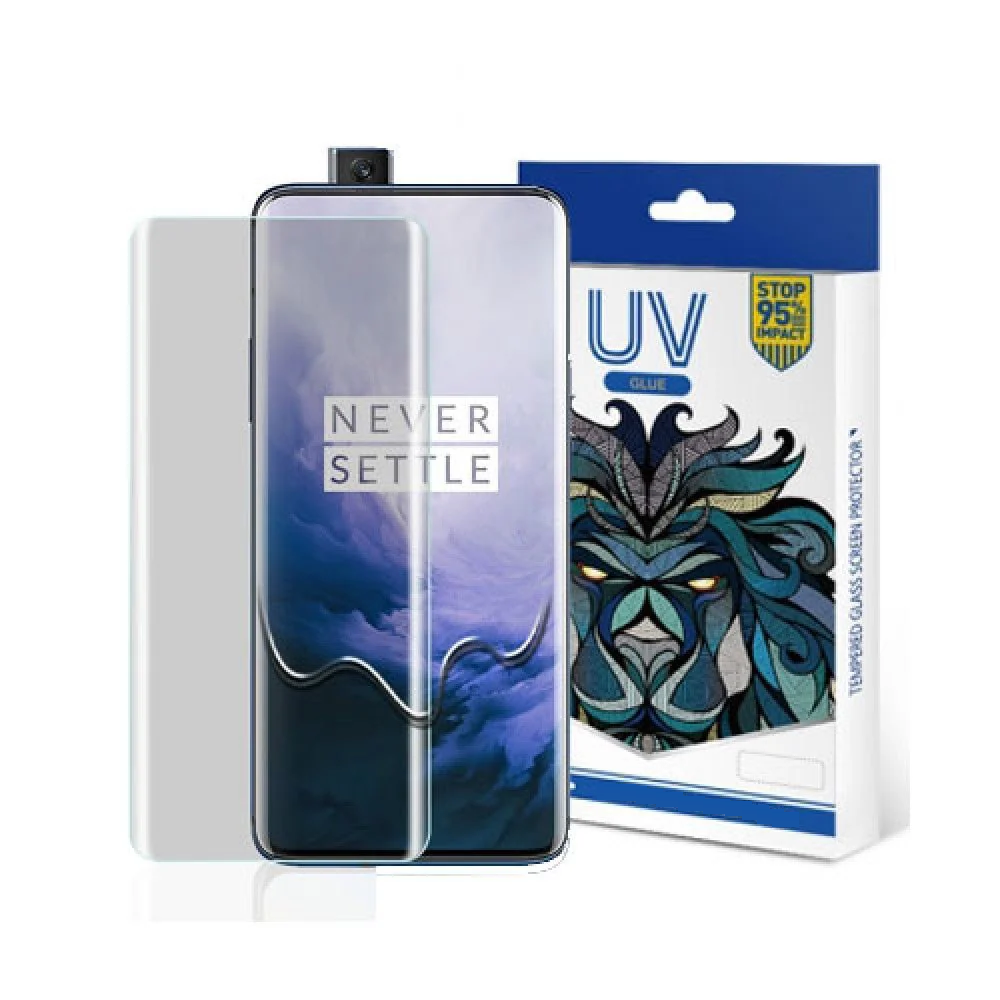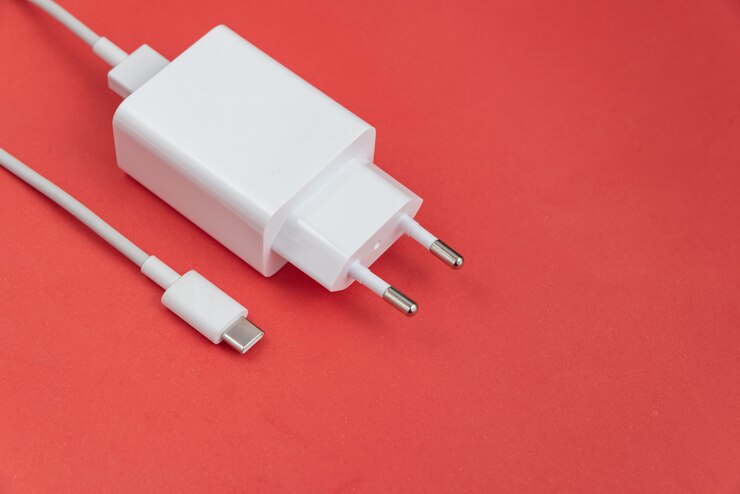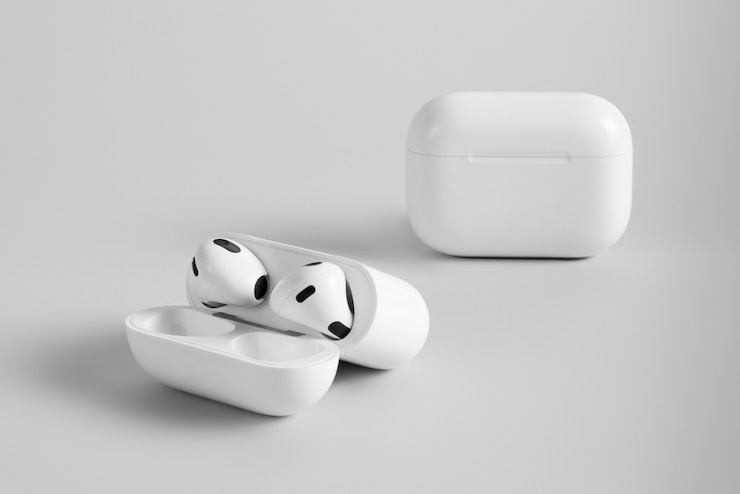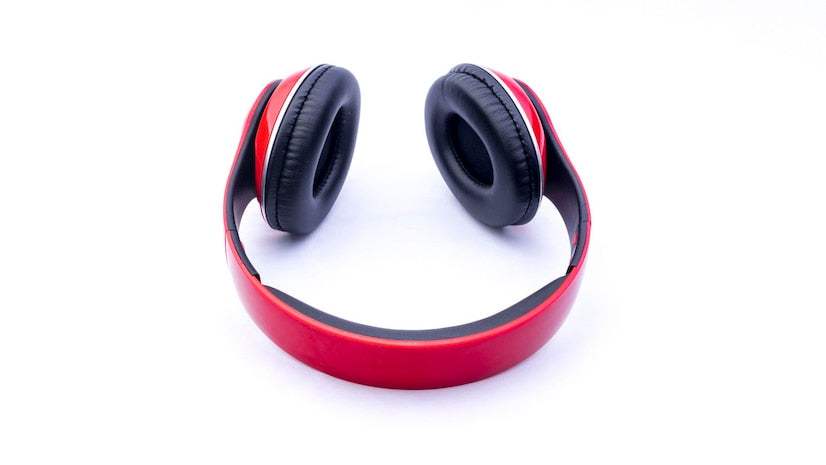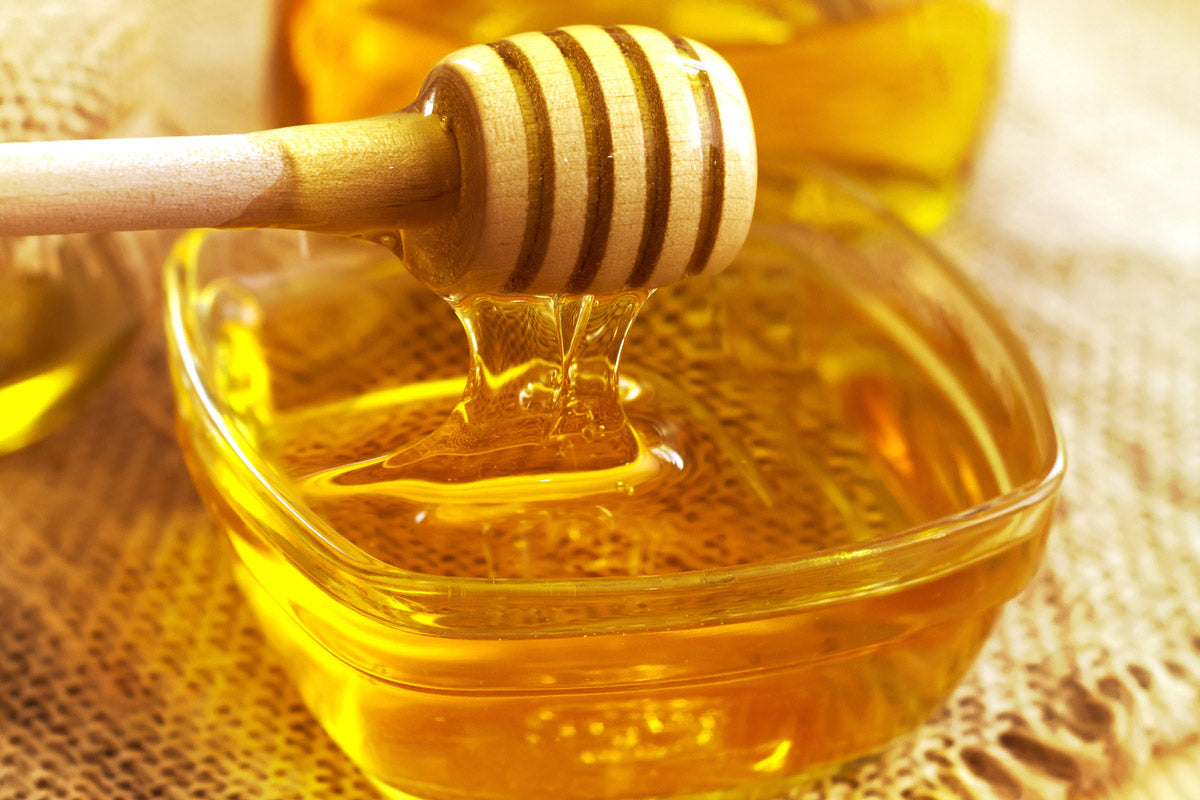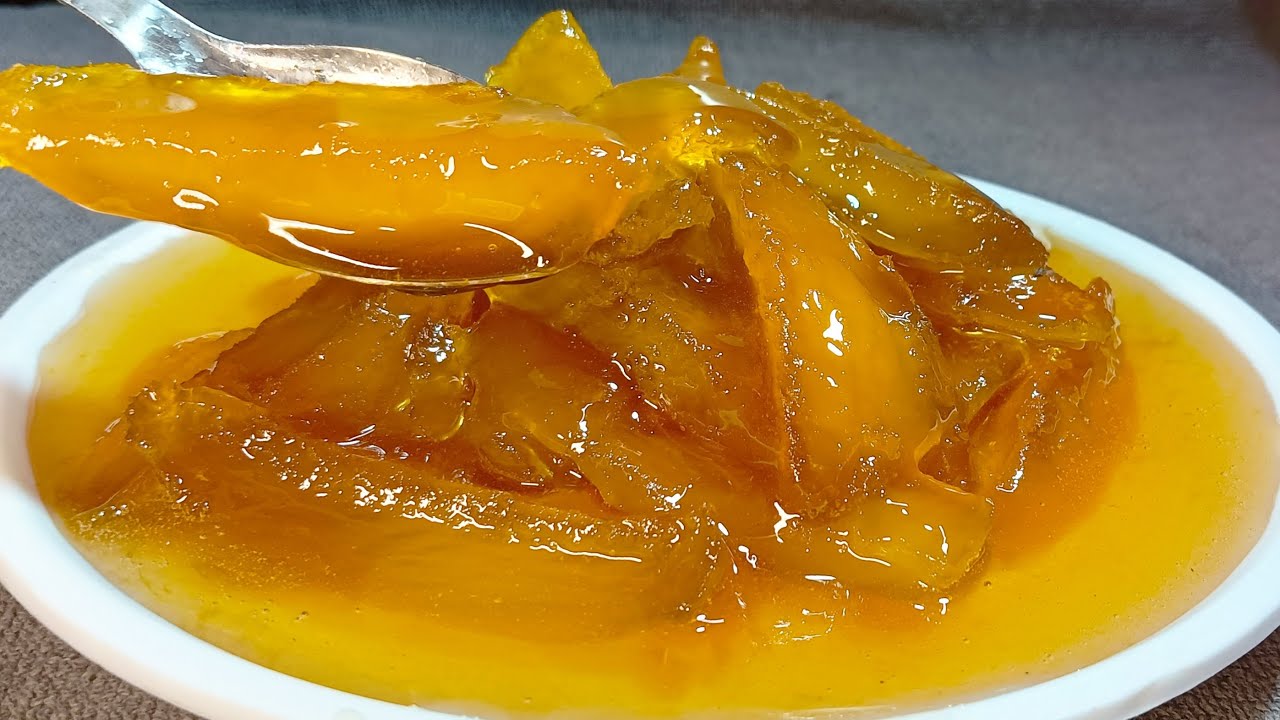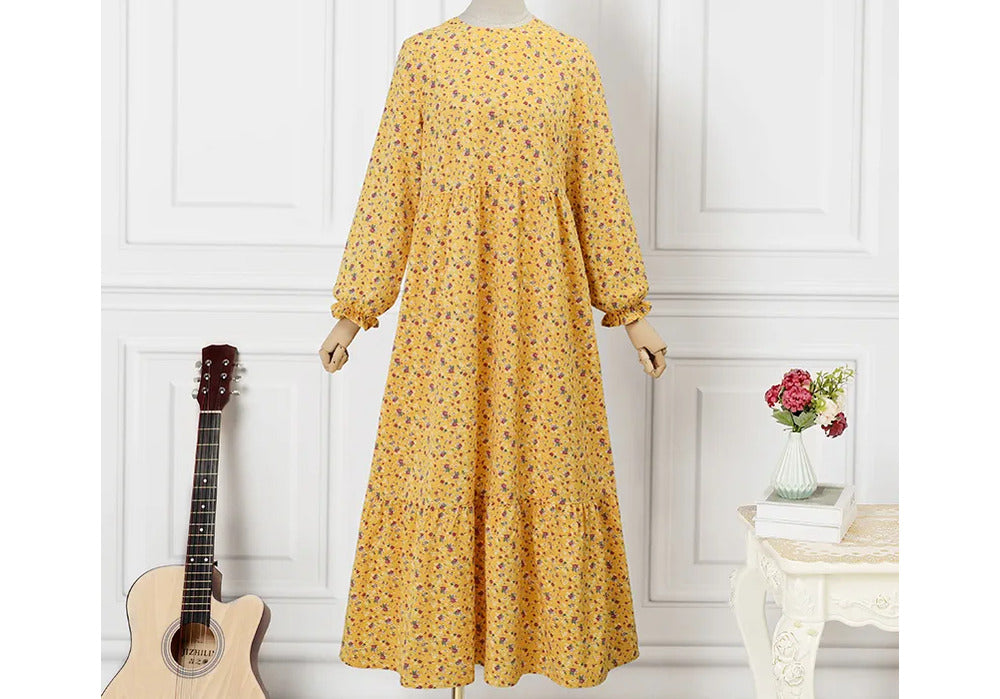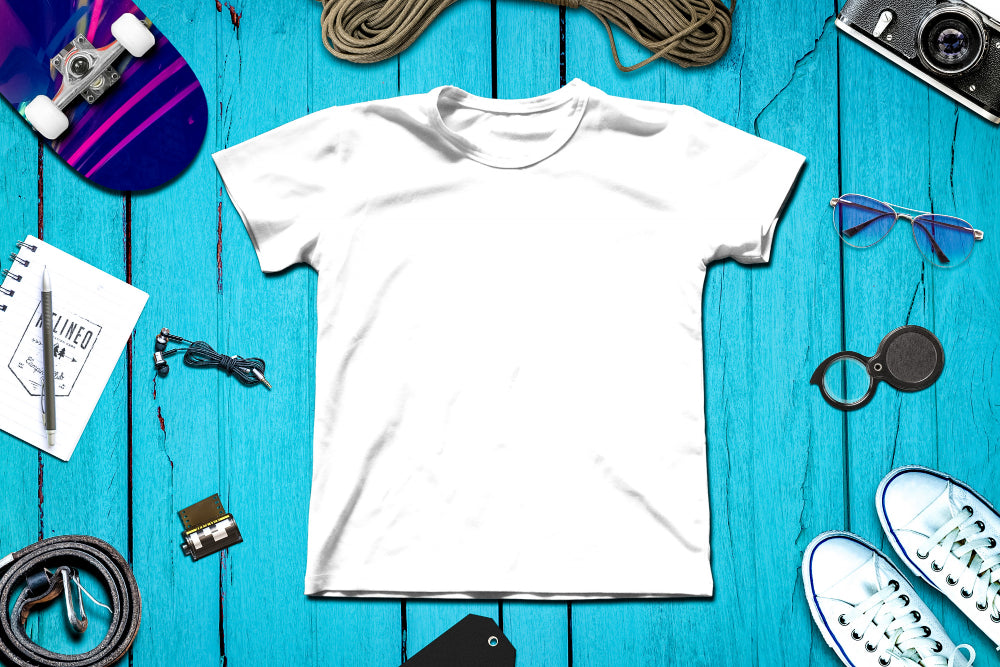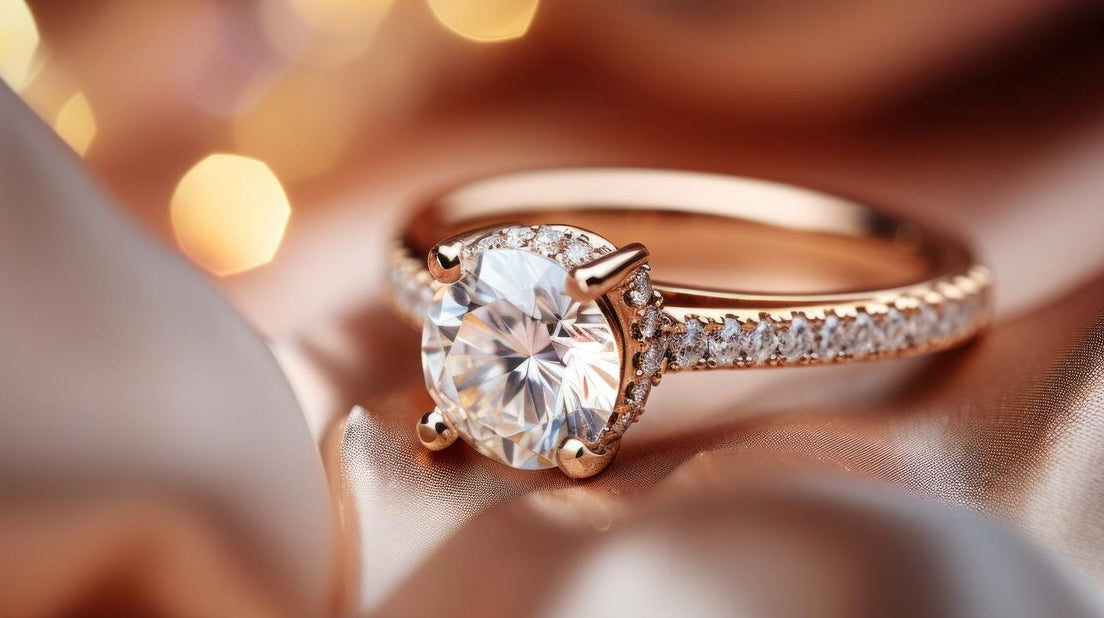
A Dazzling Journey: Exploring the Best Jewelry Design in Pakistan
Pakistan boasts a rich cultural heritage reflected in its vibrant art forms, including the captivating world of jewelry design. From the intricate craftsmanship of Mughal-era pieces to the contemporary creations of modern designers, Pakistani jewelry offers a unique blend of tradition, innovation, and breathtaking beauty. This comprehensive guide dives deep into the best jewelry design in Pakistan.
We'll explore the following aspects:
- A Legacy of Exquisite Craftsmanship: Unveiling the historical significance of Pakistani jewelry design.
- Regional Specialties: Discovering the diverse styles and techniques from various regions of Pakistan.
- Modern Design Influences: Examining the fusion of tradition and contemporary trends in Pakistani jewelry.
- Top Pakistani Jewelry Designers: Highlighting the works of renowned and emerging talents shaping the industry.
- Where to Find the Best Pakistani Jewelry: Guiding you towards reputable stores and online platforms.
A Legacy of Exquisite Craftsmanship: A Historical Perspective
Pakistan's jewelry-making tradition stretches back centuries, intricately woven into the country's cultural tapestry. Here are some key historical periods that shaped the evolution of Pakistani jewelry:
- Mughal Era (1526-1857): The Mughal Empire's reign saw a flourishing of jewelry design. Skilled artisans crafted exquisite pieces using precious metals like gold and silver, adorned with gemstones like emeralds, rubies, diamonds, and pearls. Meenakari (enamel work) and kundan (gold foil work) techniques were widely employed, creating pieces of exceptional beauty and value.
- Colonial Period (1858-1947): During British rule, European design influences began to blend with traditional Pakistani styles. Jewelry pieces incorporated floral motifs and geometric patterns, showcasing a fusion of Eastern and Western aesthetics.
- Post-Independence (1947-Present): Following independence, best jewelry design in Pakistan continued to evolve. Local artisans embraced new techniques while preserving time-honored traditions. Modern designers experiment with contemporary styles and materials, incorporating precious and semi-precious stones into innovative designs.
Pakistan's rich history of jewelry making continues to inspire contemporary designers, who reinterpret traditional techniques for the modern world.
Best Jewelry Design in Pakistan: A Celebration of Diversity
Pakistan's diverse cultural landscape is reflected in its regional variations in jewelry design. Here's a glimpse into some notable regional styles:
- Khyber Pakhtunkhwa: Famed for its bold and chunky jewelry pieces crafted from silver. Turra (headpieces) and heavy necklaces adorned with intricate filigree work are signature elements.
- Sindh: Known for its vibrant and colorful jewelry, often featuring intricate beadwork, enameling, and seashells. Chaadar (chest pieces) and statement earrings are popular adornments.
- Punjab: Showcases a blend of Mughal and Sikh influences. Tikkas (forehead pieces), intricate gold necklaces, and colorful bangles are commonly seen.
- Baluchistan: Offers a unique style characterized by geometric patterns and the use of semi-precious stones like turquoise and lapis lazuli. Chaar Aayina (four-mirrored pendants) and heavy silver bracelets are distinctive elements.
Each region in Pakistan presents its own unique jewelry-making traditions. All these add to the overall richness and diversity of the craft.
Influence of Modern Design on The Best Jewelry Design in Pakistan
Contemporary Pakistani jewelry designers are pushing boundaries by incorporating modern trends and innovative materials into their creations. Here are some key influences on the shaping the modern landscape:
- Minimalism: A growing trend towards sleek and minimalist designs with clean lines and geometric shapes.
- Sustainability: Ethical sourcing of materials and eco-friendly practices are gaining importance for environmentally conscious consumers.
- Fusion Design: The seamless blending of traditional motifs with contemporary aesthetics creates unique and eye-catching pieces.
- Gemstone Versatility: Modern designers explore a wider range of gemstones beyond traditional favorites, incorporating semi-precious stones and unconventional materials like wood or resin.
Pakistani jewelry design is no longer confined by tradition. Modern designers are embracing innovation in creating the best jewelry design in Pakistan that resonate with a global audience.
Top Pakistani Jewelry Designers to Watch
Pakistan is home to a multitude of talented jewelry designers who are making their mark on the world stage. Here are a few renowned and emerging names to keep an eye on:
- Amrapali: A globally recognized brand known for its exquisite handcrafted jewelry, often featuring Mughal-inspired designs and precious gemstones.
- Saira Shakira: Celebrated for her contemporary take on traditional Pakistani jewelry, incorporating bold geometric patterns and vibrant colors.
- Deepak Perwani Jewelry: Offers a luxurious collection of statement pieces, featuring intricate gold work and a blend of traditional and modern aesthetics.
- NRG Design Studio: Pioneering a fusion of contemporary design with heritage techniques, NRG creates unique pieces that are both stylish and meaningful.
- Zainab Salman: An emerging designer known for her delicate and feminine pieces, often featuring pearls and gemstones in minimalist settings.
- Zoya by Amna: This brand offers a playful and colorful collection of jewelry, perfect for everyday wear. They utilize a variety of materials like wood, resin, and semi-precious stones.
This list merely scratches the surface of Pakistan's talented jewelry design scene. By exploring the works of these and other designers, you'll discover a treasure trove of unique and the best jewelry design in Pakistan.
Where to Find the Best Pakistani Jewelry: A Shopping Guide
Finding the perfect piece of Pakistani jewelry can be an exciting adventure. Here are some reputable sources to explore:
- Multi-Brand Retailers: Several online and physical stores in Pakistan showcase collections from various designers. Examples include JABEENS, Gulabo, and Ensemble.
- Designer Boutiques: Many established designers have their own online stores or flagship boutiques in major cities like Karachi and Lahore.
- Craft Exhibitions & Shows: Attending exhibitions and craft shows allows you to experience the artistry firsthand and connect with designers directly.
- Social Media Platforms: Many designers utilize Instagram and Facebook to showcase their work and connect with potential customers.
When shopping online, ensure the retailer has a reputable online presence, provides clear product descriptions, and offers secure payment gateways.
Ethical Considerations in Jewelry Shopping
The ethical sourcing of materials and fair labor practices are crucial considerations when purchasing jewelry. Here are some tips for ethical shopping:
- Look for brands committed to ethical sourcing: Many designers promote their use of conflict-free gemstones and fair labor practices.
- Ask questions: Don't hesitate to inquire about the origin of materials and the working conditions involved in production.
- Support independent artisans: By purchasing from independent designers, you directly contribute to their livelihood and preserve traditional crafts.
Making informed choices ensures you can enjoy the best jewelry design in Pakistan with a clear conscience.
Wrap Up
Pakistani jewelry design is a captivating blend of history, artistry, and innovation. By embarking on this journey through Pakistan's dazzling world of best jewelry design in Pakistan, you've gained an appreciation for its rich heritage and diverse regional styles. So, next time you seek a unique and meaningful piece of jewelry, consider the artistry and cultural significance of Pakistani design. You might just discover your new favorite treasure.
